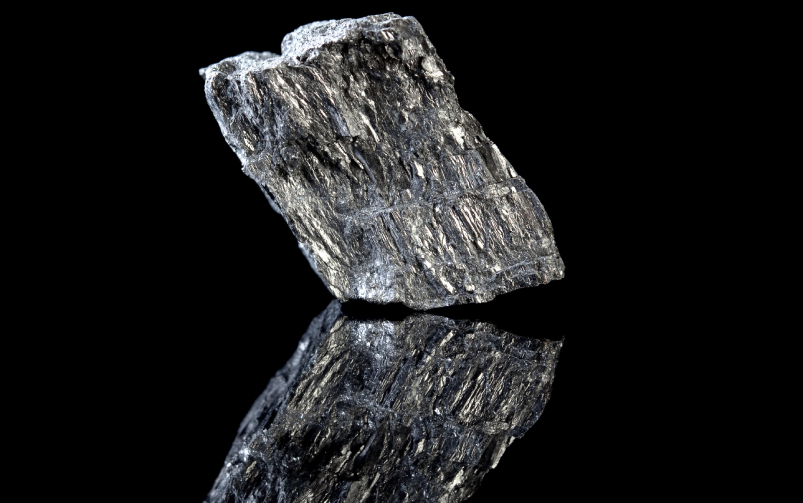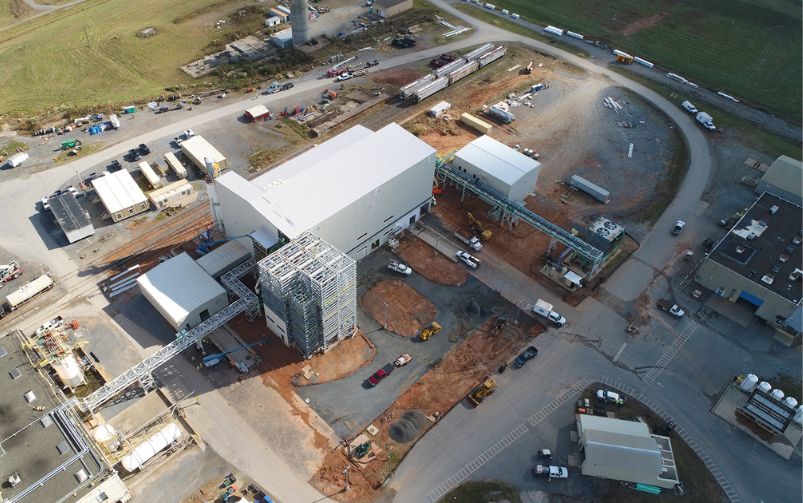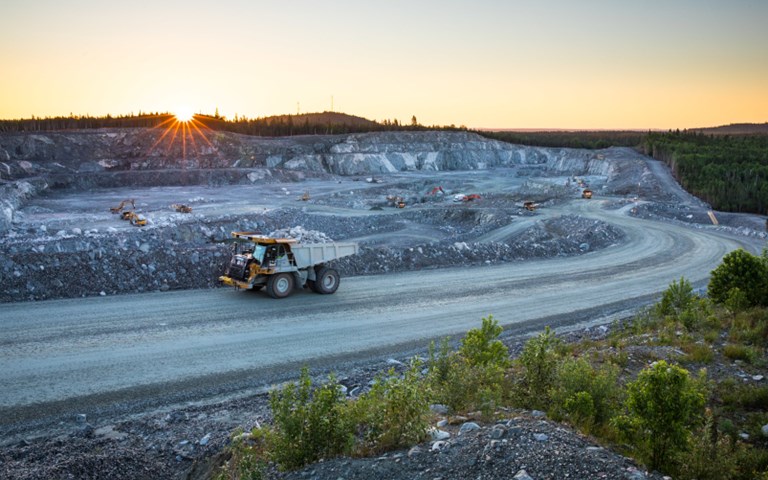The North American Lithium operation is still in its ramp-up phase with more work to be done. Courtesy of Sayona Mining
North America’s only major source of spodumene concentrate has reopened its doors, as Sayona Québec announced its successful restart of the North American Lithium (NAL) operation on March 30.
Currently, the mine is targeting 226,000 tonnes of spodumene concentrate production for the next four years, with the first shipment expected in July 2023. At present, Sayona has two major buyers in place for the mine’s product, with LG Chem agreeing to an offtake agreement for 200,000 tonnes over four years and automaker giant Tesla purchasing 125,000 tonnes over three years.
To date, Sayona Québec has invested $98 million in NAL acquisition costs and $55 million in restart expenses to bring the Abitibi, Quebec-based operation to successful production. The mine has a lengthy history of changing hands. Original owner Canada Lithium struggled to achieve commercial production, and after a merger with Sirocco Mining and a name change to RB Energy, shut down operations in 2014 and ultimately filed for bankruptcy. The mine began operation again in 2017, but a drop in lithium prices forced it back into care and maintenance in 2019. NAL, which was a subsidiary of the Chinese firm Contemporary Amperex Technology Co. Ltd (CATL), filed for bankruptcy protection the same year.
Sayona Québec—a 75-25 joint venture between Australian miner Sayona Mining and American company Piedmont Lithium—purchased NAL in August 2021. The string of previous owners had already invested significant capital into the operation, including the construction of the open pit, crushing plant, mill, flotation plant and more. Patrick Brindle, Piedmont’s executive vice-president and chief operations officer, estimated that around $400 million had already been invested in the operation when Sayona took over. That allowed the company to focus on process improvements during the 18 months it took to bring the operation out of care and maintenance.
Related: Canada is primed to become a supplier of lithium to help fill the looming gap for the energy transition
“This was a long plan in the making, and we’re very happy that it’s been successfully realized,” he said.
Much of the capital Sayona invested was to optimize the performance of the mill. “[It] really built on the knowledge that prior operations and the management team had built up over time in terms of what it would take to de-bottleneck the operations, what it would take to improve mechanical availability, throughput, recovery and grade,” Brindle said. “There really was no secret sauce, it was really just taking the recommendations of management and putting them together into a comprehensive brownfield upgrade program.”
The operation is still in its ramp-up phase with more work to be done, including the addition of an extra crushed ore storage dump, the completion of a lift of the tailings dam and upgrading the substation.
Sayona released a definitive feasibility study on April 14 that describes the NAL mine and includes the company’s Authier lithium project, also in the Abitibi region. According to the study, NAL has an after-tax net present value of approximately $1.4 billion with an eight per cent discount rate and a 20-year life of mine, with the potential to extend this with a 50,000-metre drilling program scheduled for this year. Its proven and probable reserves total at 235,500 tonnes of contained lithium oxide from 21.7 million tonnes grading at 1.08 per cent. Sayona is also planning to release a pre-feasibility study on the potential completion and restart of NAL’s lithium carbonate plant sometime in the first half of this year.
Electric vehicles (EVs) are the main driver of lithium demand due to its role as a key metal in the creation of batteries. According to the consulting firm McKinsey, 60 per cent of today’s lithium goes towards battery applications, which could grow to reach 95 per cent by 2030. But according to both McKinsey and the International Energy Agency (IEA), demand for the metal is expected to outstrip supply by the beginning of the next decade if no new projects come online. The IEA projected a three- to seven-fold demand increase by 2030, depending on how aggressively countries decarbonize their economies, while McKinsey estimated global supply as of 2030 could be 55 per cent lower than what is needed.
Despite the projected demand, however, the near-term economics tells a different story. After peaking at nearly 600,500 Chinese yuan (approximately $117,000) per tonne in November 2022, the spot price has fallen sharply in 2023 after CATL offered some automakers steep discounts for its battery-grade lithium carbonate. As reported by Reuters, analysts from Goldman Sachs expect supply to grow by around 34 per cent annually through to 2025, outpacing an annual demand growth rate of 25 per cent.
There are other spodumene projects in the works in Quebec, including Nemaska Lithium’s Whabouchi mine and Patriot Battery Metals’ Corvette property. There is also a push for alternative sources of lithium, such as E3 Lithium’s plan to extract it from brines contained in Alberta’s Leduc aquifer. For Brindle, however, there is an importance in being the first major supplier in North America to try proving that it is possible to establish a battery metals market on this continent.
“I think the narrative in Western economies is that we need to create ecosystems for battery manufacturing that exist outside of China,” he said. “I think the performance at North American Lithium is really important and will be closely observed by the market and by governments in the coming months going into next year because we want to be able to demonstrate that North America, overall, and Quebec, in particular, can be a successful producer of lithium units.”




